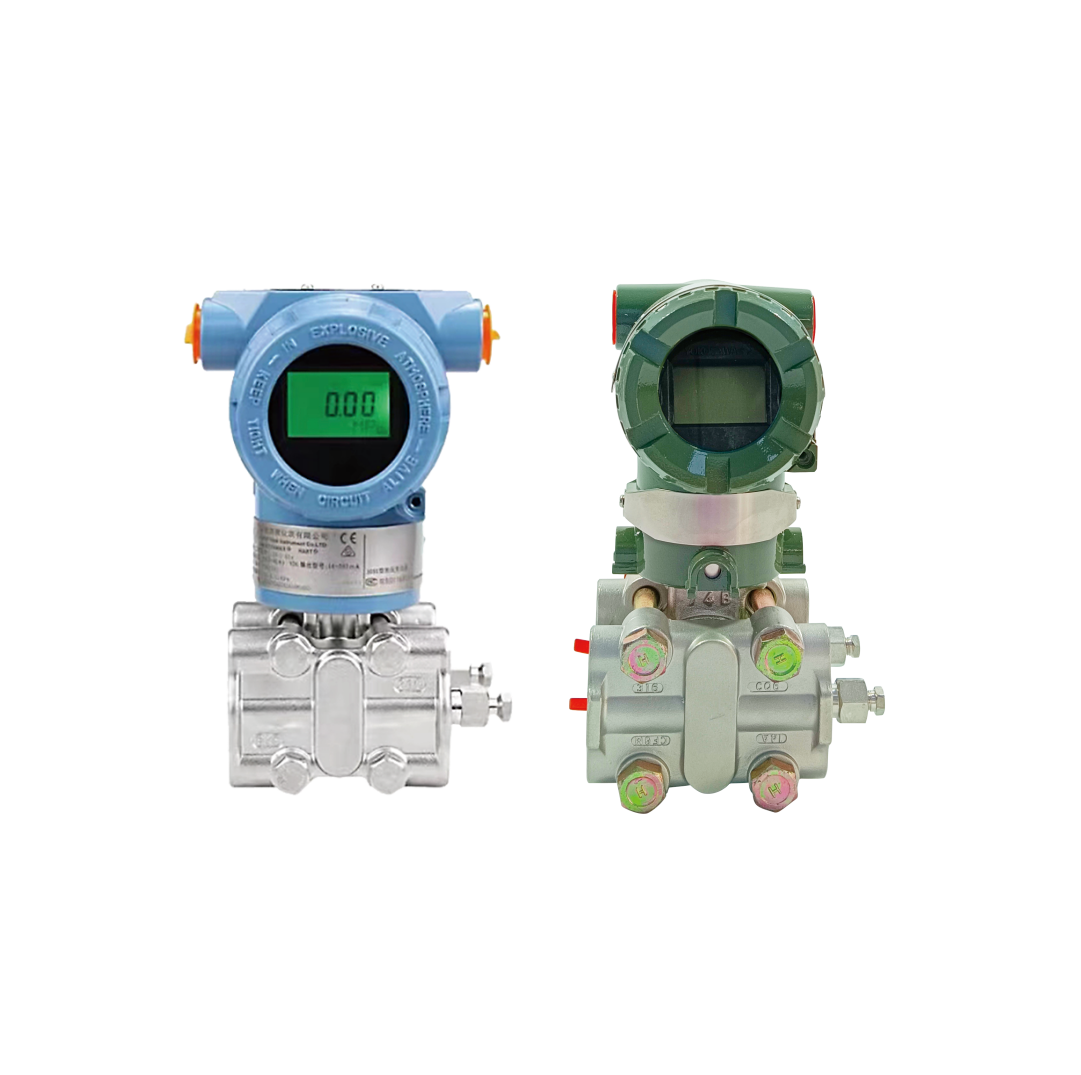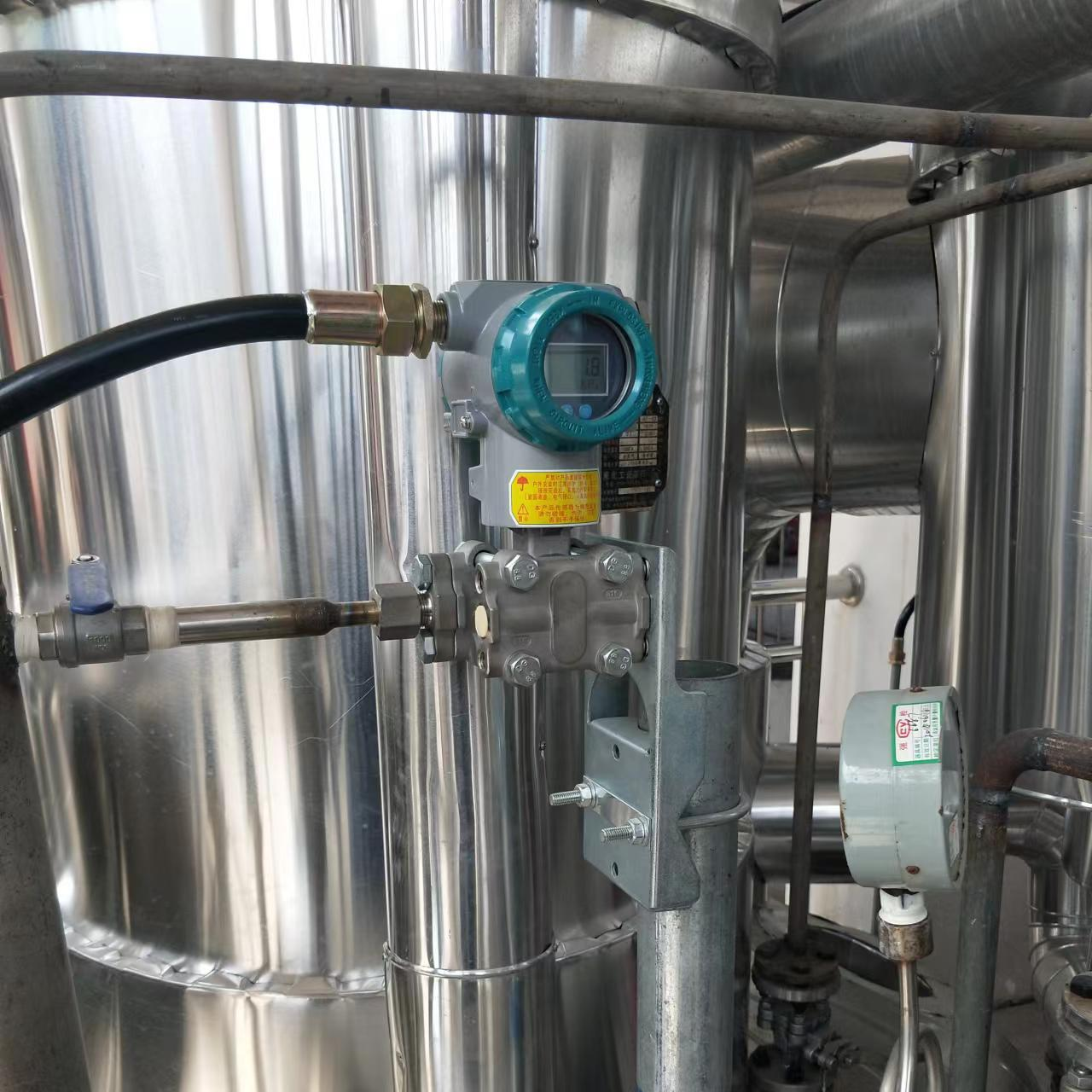Incorrect installation of differential pressure transmitters can lead to inaccurate measurements and system failures.
Differential pressure transmitters for liquids should be installed at points where pressure differences need to be measured, such as across filters, pumps, or tanks, with proper consideration for air bubbles and sediment accumulation.

DP Transmitter Installation Overview
Let me share our expertise in implementing DP transmitters for various liquid applications.
Where Should A Differential Pressure Transmitter Be Installed?
Many engineers struggle with proper placement of DP transmitters in liquid systems.
Install DP transmitters below the process taps for liquids, ensuring proper impulse line slope, with the high-pressure side connected first and consideration for easy maintenance access.

DP Transmitter Installation Guide
Based on our installation experience:
Installation Requirements
-
Key Considerations
Factor Requirement Purpose Height Below tapping points Air elimination Orientation Vertical mounting Drainage Access Maintenance space Serviceability Protection Environmental shield Durability -
System Integration
- Impulse line routing
- Valve manifold selection
- Signal transmission
- Calibration access
Best Practices
-
Installation Steps
- Location assessment
- Support structure
- Line installation
- System testing
-
Performance Verification
- Zero checking
- Span validation
- Leak testing
- Documentation
Where Do We Use A Differential Pressure Transmitter?
Understanding application areas helps optimize transmitter selection and installation.
Differential pressure transmitters are used in various liquid applications including flow measurement, level monitoring, filter monitoring, and pump protection systems.

DP Transmitter Applications
Drawing from our field experience:
Common Applications
-
Process Areas
Application Purpose Benefit Flow Measurement Rate monitoring Process control Level Detection Tank monitoring Inventory management Filter Status Maintenance timing System efficiency Pump Protection Equipment safety Reliability -
Industry Sectors
- Water treatment
- Chemical processing
- Oil and gas
- Food and beverage
Implementation Guidelines
-
System Design
- Process requirements
- Environmental conditions
- Safety considerations
- Maintenance needs
-
Performance Factors
- Accuracy needs
- Response time
- Signal stability
- Long-term reliability
Where Is The Differential Pressure Sensor Located?
Optimal sensor location ensures accurate measurements and reliable operation.
Differential pressure sensors should be located at points representing the pressure difference to be measured, typically across process equipment or vessels, with consideration for accessibility and maintenance.

DP Sensor Location Guide
From our implementation experience:
Location Selection
-
Critical Factors
Factor Consideration Impact Process Point Measurement accuracy Data quality Access Maintenance ease Serviceability Environment Protection needs Reliability Signal Path Transmission quality System integration -
Physical Requirements
- Mounting space
- Line routing
- Power availability
- Communication access
Installation Strategy
-
Pre-Installation
- Site survey
- System analysis
- Resource planning
- Safety review
-
Implementation Steps
- Location preparation
- Mounting installation
- System connection
- Performance testing
Can Differential Pressure Transmitters Be Used To Detect Pressure Changes In Liquid Level?
Level measurement using DP transmitters is a common but often misunderstood application.
Yes, differential pressure transmitters can effectively measure liquid level by detecting the hydrostatic pressure of the liquid column, with one port connected to the tank bottom and the other to the vapor space.

Liquid Level Measurement Setup
Based on our technical expertise:
Level Measurement Setup
-
System Components
Component Function Importance Tank Connections Pressure sensing Measurement accuracy Impulse Lines Pressure transmission Signal integrity Seal Systems Media isolation Protection Valving Isolation/calibration Maintenance -
Design Considerations
- Tank geometry
- Liquid properties
- Temperature effects
- Vapor pressure
Implementation Requirements
-
Installation Factors
- Mounting location
- Line routing
- Calibration access
- Safety features
-
Operational Aspects
- Zero adjustment
- Span calibration
- Maintenance procedures
- Troubleshooting
Conclusion
Successful implementation of differential pressure transmitters for liquid applications requires careful consideration of installation location, proper setup, and regular maintenance to ensure accurate and reliable measurements.
